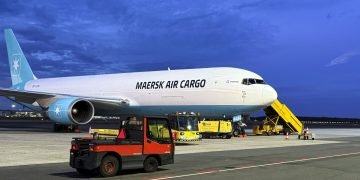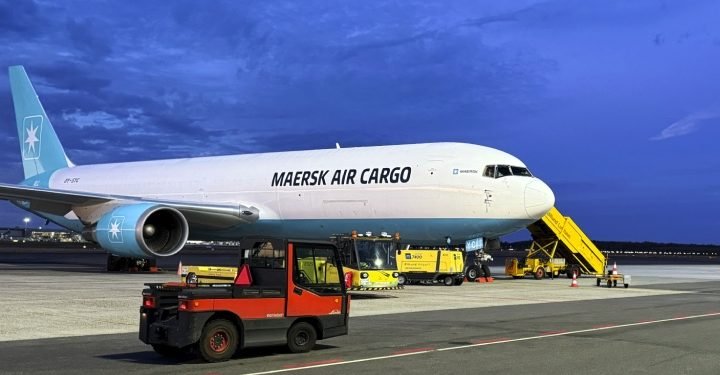By Maria Kalamatas | May 16, 2025
Singapore —
On paper, the numbers look calm. Spot rates out of Southeast Asia have stopped climbing. Backlogs are shrinking. Fuel surcharges are stable again.
But if you talk to operators on the ground, there’s another story unfolding—one that doesn’t show up in spreadsheets.
“It feels like balance,” said a freight scheduler in Changi. “But it’s a fragile one. We’re working harder just to keep things steady.”
Across Asia, major air cargo corridors have settled after months of instability. Flights to Europe and the U.S. are running on time. Load factors are healthy. Customers are relieved.
Yet the stress hasn’t disappeared—it’s moved.
Secondary airports are struggling with staffing. Regional carriers are facing inconsistent demand. And time-critical shipments, especially perishables and electronics, are being delayed—not for lack of planes, but for lack of margin.
Everything is tighter.
Ground crews are stretched thin. Peak-hour clearances take longer. And forwarders are being asked to commit earlier, with fewer options to rebook if something changes.
The surface looks smooth. But beneath it? The system is tense.
Some logistics firms are reacting early. They’re locking in space weeks ahead. Others are layering in redundancy—two carriers for one lane, backup bookings, parallel tracking. It costs more. But it avoids trouble.
Because in 2025, the risk isn’t collapse. It’s erosion. Not a crash. A slow slip.
And in air freight, that’s how delays begin—quietly, then suddenly.























